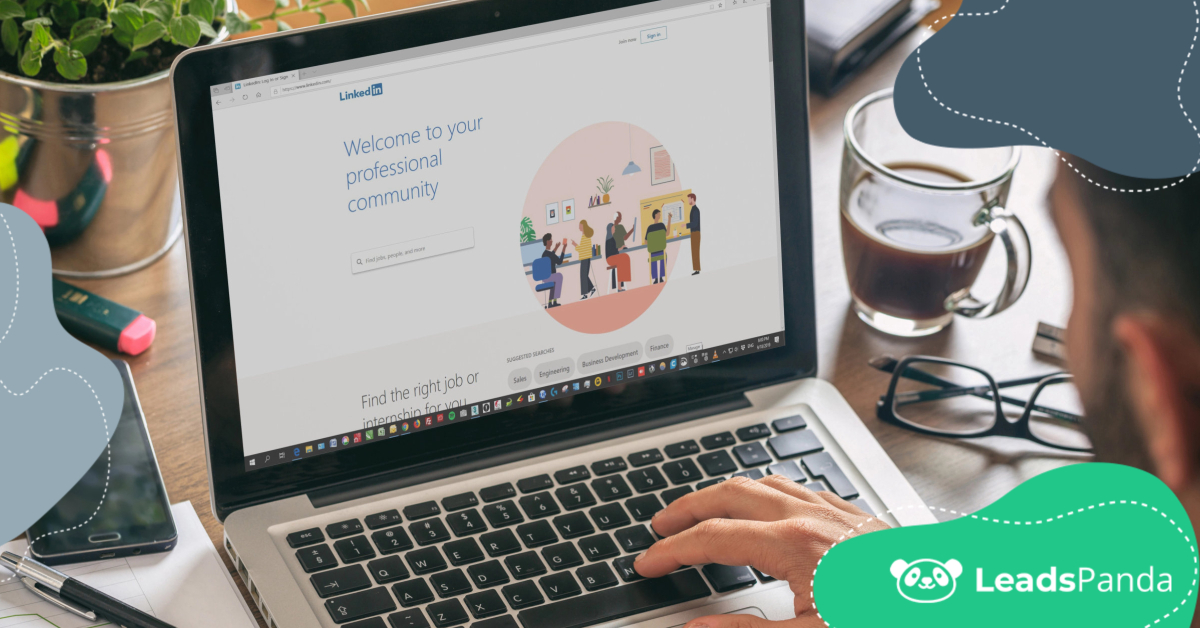Content that Converts: The Crucial Role Content Marketing Plays in Nurturing Leads into Buyers
Lead generation is crucial to any business, but it’s getting harder to convert quality leads into long-term customers. With the increase in email and inbox spam, people are less willing to give out their email address or any other well-guarded contact information.
The statistics paint a gloomy scenario. Business research and advisory company SiriusDecisions conducted a study revealing that 98% of qualified leads don’t convert into actual sales. So, once you generate those hard-earned leads, it’s essential to make sure those leads eventually open their wallets to you and become actual paying customers.
This is why a lead nurture sequence through strategic content marketing is important. What is lead nurturing? SMB growth expert Doug Davidoff provides the following definition: “Lead nurturing is the purposeful process of engaging a defined target group by providing relevant information at each stage of the buyer’s journey, positioning your company as the best (and safest) choice to enable them to achieve their objectives.”
Here are some numbers to prove why lead nurturing is important:
- Nurtured leads produce 20% more sales opportunities versus neglected leads
- The average order value (AOV) for nurtured leads is 47% higher
- On average, leads need 10 communication touches before converting into actual sales
Without a content marketing lead nurturing strategy, you’re wasting time and money on lead generation. You’re also losing a ton of opportunity since email traffic (aka “warm traffic”) converts better than other traffic sources.
Here are a few tips to keep in mind when developing an effective lead nurturing campaign using content marketing for your business.
#Tip 1: Empower Your Leads to Achieve Small Victories
When your leads gave you their contact information to establish genuine communication, they saw something in your business that could help them solve a problem and/or fulfill a goal. They expect you to continue offering your complimentary expertise, even if they have yet to purchase your products or services.
DigitalMarketer.com’s Ryan Deiss suggests that one of the best ways to do this is for you to create an email sequence that sends them useful, bite-sized content that allows them to achieve small victories. For example, if you’re in the weight loss business, you can create a 3-part email series that gives your leads simple, straightforward tips that bring them closer to their bigger goal of losing weight.
What you’re doing is showing results in advance. This means that you are already showing them the benefits of your products or services even if they haven’t bought anything yet.
#Tip 2: Define Your Buyer Avatars
Do you really know who your leads are? Do you understand their wants, needs, goals, and aspirations? Do you know their psychographics and demographics?
Understanding who it is that you’re trying to engage with is a must because you can speak in their voice and your content will resonate more with them. Creating buyer personas or customer avatars should be a carefully thought out process. It takes a lot of time, but the results are well worth it.
#Tip 3: Be Aware of the Buying Cycle
Your leads will respond differently to content depending on where they are in the buying cycle. Generally, there are 3 steps in a buying cycle:
- Awareness
- Evaluation
- Purchase consideration
Your content should serve each of these steps. At the Awareness stage, you’re trying to educate your leads. As its name suggests, you’re informing them to make them aware of an existing problem they may have. Or, if they are already aware that they do have a problem, your objective is to let them know that you can provide an available solution.
In the Evaluation phase, your leads are trying to weigh their options. In short, they are evaluating whether the solution you’re offering is relevant to them, as well as comparing your offer to other offers. You need to provide content that builds trust and preference for your products and services (e.g., webinars and case studies).
When your leads reach the Purchase Consideration stage, they are already thinking of buying, but need more convincing. This is the time to recalibrate your content again to include live product demos, testimonials, and free consultations (just to name a few) to convert them into actual paying customers.
#Tip 4: Test and Evolve Your Lead Nurture Strategy
While there are a ton of best practices out there, not all lead nurture content marketing techniques will bring you positive results. As you understand your leads better and change your sales funnels, it is necessary to adjust your lead nurture content marketing strategies.
In fact, a critical part of any effective content marketing strategy is being able to constantly evolve when necessary.
Don’t let your lead generation efforts go to waste. If you’re unsure how to create an effective lead nurture strategy for your business and what content marketing strategies you can use, don’t hesitate to contact us.
While we have you here, what lead nurture strategies (using content marketing) have you seen and thought was effectively executed? Let us know in the comments section below.
Share This Story
2 Comments
Leave A Comment
Get the latest growth ideas, strategies, and best practices delivered to your inbox.
Quick read that helps 7000+ subscribers.









[…] lot has been said regarding the importance of creating content avatars. To reiterate, your writers need to know who they are writing for in order for them to write […]
[…] As an e-commerce business, it’s not enough that you’re able to generate leads—you also need a strategy that will nurture them into becoming actual customers. […]